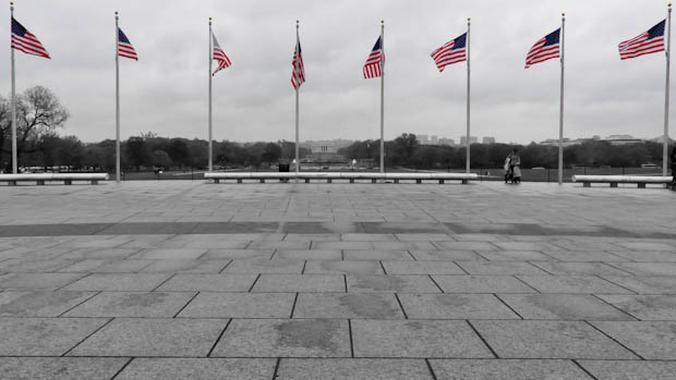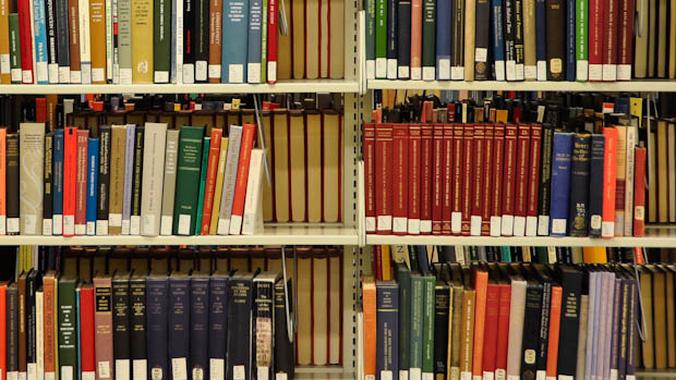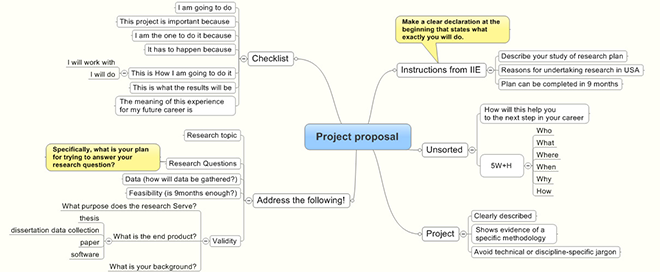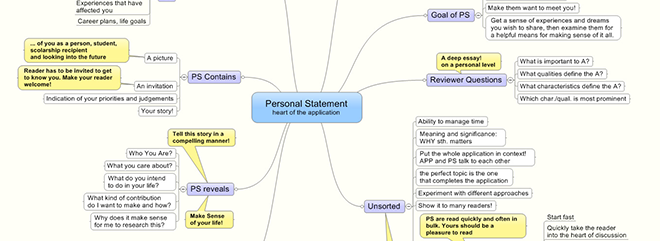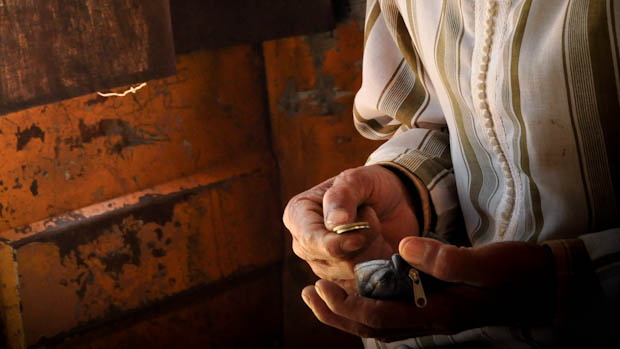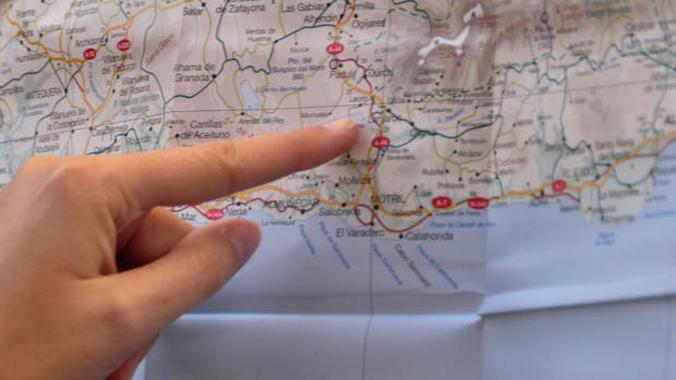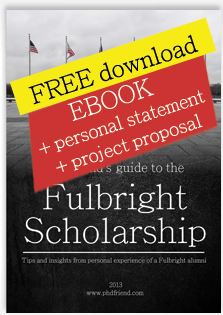Before arriving to the USA, there were a lot of forms and other bureaucracy you had to care of. And this experience continues also when you enter the USA.
Author: phdfriend (Page 1 of 2)
A high level of English language is crucial for being able to do any kind of serious research at the US universities. Also, without a good knowledge of the language, it will be difficult for you to communicate with locals. This is why a test of English language is required, and for most, this will be TOEFL.
Ok. You’ve decided to dedicate your time and effort to prepare an application. You are fluent in English, have strong academic references, personal qualities, and desire to experience something new. Now it’s time to get busy! At this point you should read the application instructions on the web page of the US Embassy closest to you.
It is desired, that you already know what your research field (or even problem) is going to be during your research visit. If possible, you should write this with your home or foreign adviser, so it matches your desired PhD thesis proposal. Since there are a lot of different instructions available on the Web, I put together a mind map that presents the most important facts you should list.
Below is a scheme that outlines what a personal statement letter should be. I distilled the information from multiple online sources and personal experience of numerous Fulbrighters. It should give you some idea on how to write one.
There are several stakeholders involved in the Fulbright Scholarship process. Your US Embassy, your research institution in the USA, the IIE and more. This post describes how/when you will be involved with each one.
The whole process usually extends over several years. It consists of different periods (application procedure, pre-travel arrangements, actual research, internships …). The timeline below presents months when certain steps of my Fulbright process occurred. The shaded months represent the time spent in the USA.
The Fulbright Scholarship amount varies from country to country. As I mentioned elsewhere, the Fulbright Scholarships vary immensely depending on your country of origin. The information given here is for the grants for PhD students doing research in the USA.
In 2008 I was unsuccessfully looking for a site with information about the whole application and selection process. There are many official sites and Fulbright applicants’ blogs, but I felt a niche for a more organized, holistic how-to. Here I share the information and experiences I gathered during the application, selection process, and during the Fulbright year as well.
While you are on your J-1 visa, it is not trivial to travel around. I was able to travel to Canada, Costa Rica, and Panama during my Fulbright year, but there are some things one must take care of first.
